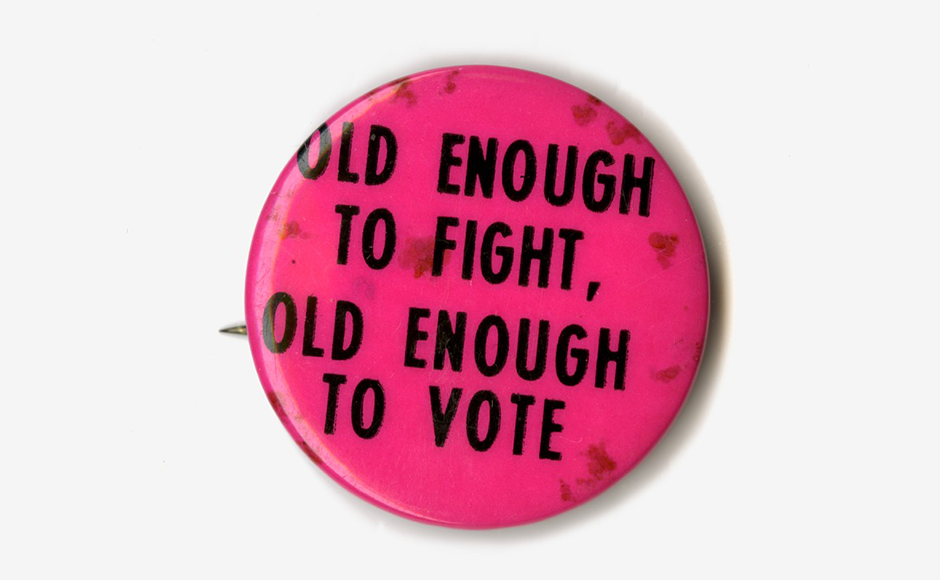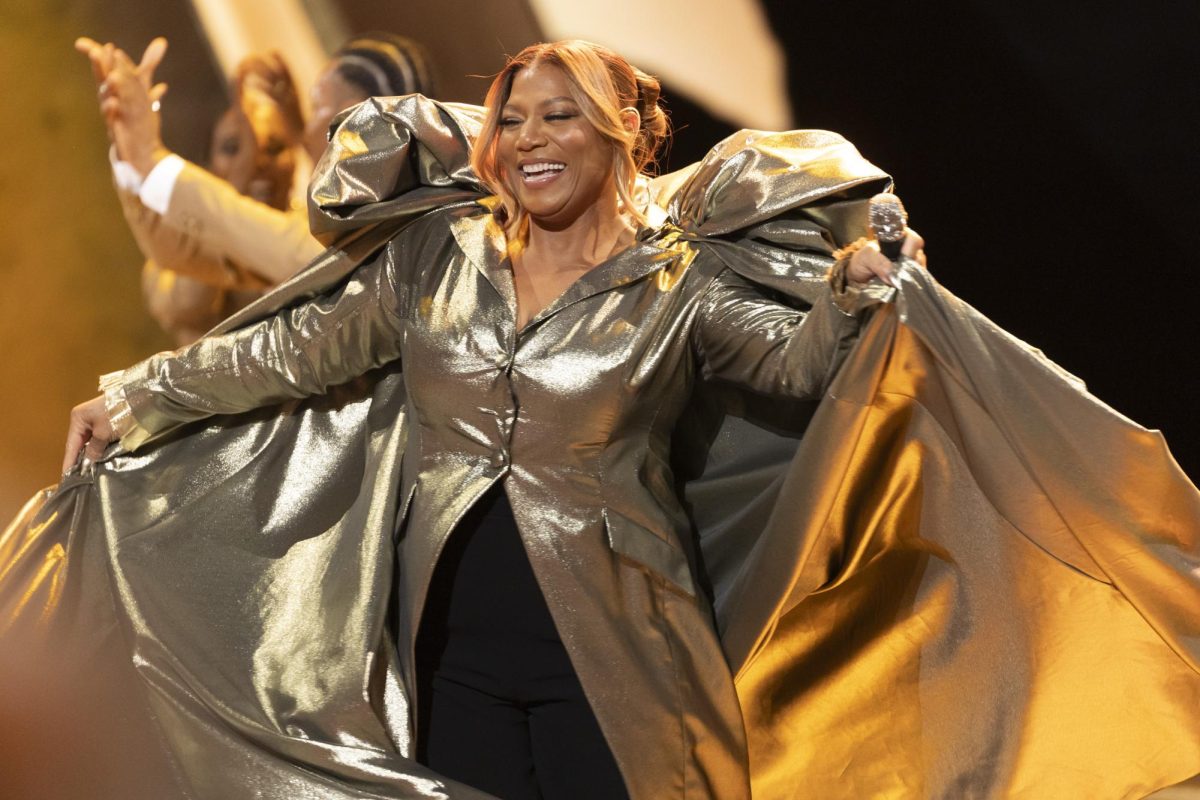Photo courtesy of the National Museum of American History
Story by Bryanna Weinstein
On Monday, November 11, MTSU held its final Fall Honors Lecture entitled “Old Enough to Fight, Old Enough to Vote” led by Amy Sayward, a professor in the Department of History.
The whole series has focused on the subtopic of “Suffrage,” and this final lecture was no exception.
Sayward started by listing the steps taken when conducting historical research. Her research focused specifically around youth leadership in voting rights in the 1960s, which helped lead to the 26th Amendment in 1971.
Step one is starting with a reasonable hypothesis. Sayward’s hypothesis was that the passage of the 26th Amendment in 1971 was likely led by students and veterans. It was a logical hypothesis to have, as students and veterans were very active during the 1960s while protesting the Vietnam War and other cultural issues at the time.
Step two involves researching existing data. Sayward explained how she went back through a plethora of documents and books that surrounded the voting movement of the 1960s, and she hoped to find mention of the 26th Amendment. She found absolutely nothing.
“Hundreds of pages and how many mentions of the 26th Amendment? Zero.”
While that was a bit concerning for her as she researched, Professor Sayward kept going and kept learning more in her research, deciding to focus on Tennessee. Which brings up step three, learning more about the research topic.
Sayward informed students of how Tennessee ratified the Amendment in just 40 minutes on the same day that Congress passed it, which was quite a shock to most of the students in attendance. While they ratified the amendment in such short time, they were not the first. Delaware, Minnesota, Washington and Connecticut beat them to the punch.
Step four is all about the primary sources, which is what most historians refer to for their research. Sayward referred back to Tennessee newspapers from 1970 to 1972 to find out if there was any mention of the Amendment, but she came up short yet again.
The lack of results did not stop her, and her research did not only focus on Tennessee. Sayward looked back on many time periods where a change to the voting age was considered. Surprisingly, this discussion was intertwined with the lowering of the age that men could be drafted. Six proposals during WWII were introduced to lower the voting age, but never went through.
Sayward quotes Arthur Vandenburgh, a Republican from Michigan during the War, “On the day we, Congress, reduced the draft age, I introduce the constitutional amendment that the voting age be similarly reduced. In my opinion, if a boy is old enough to fight for his country, he’s old enough to have something to say about the government he defends.”
Of course, the push back came from other Senators. Many opposed teenagers having the right to vote and that viewpoint stayed strong until the 1960s. The sentiment was echoed by President Richard Nixon during a really difficult time in his presidency as he sought re-election.
Sayward mentioned Senator Birch Bayh, who became the catalyst for teen voting. He rallied students to make coalitions and set up events on campus to show there is a demand for voting rights. With the help of a college student named Dennis Edwards, he was able to show the need, and this mobilized other students across the country to do the same.
Through their combined efforts, they were able to secure the 26th Amendment. While the results of the presidential race of that year didn’t fare well, they set the path for students to progress much faster for their rights overall in future elections.
To contact Lifestyles Editor Brandon Black, email [email protected].
For more updates, follow us at www.mtsusidelines.com, on Facebook at MTSU Sidelines and on Twitter at @Sidelines_Life.








